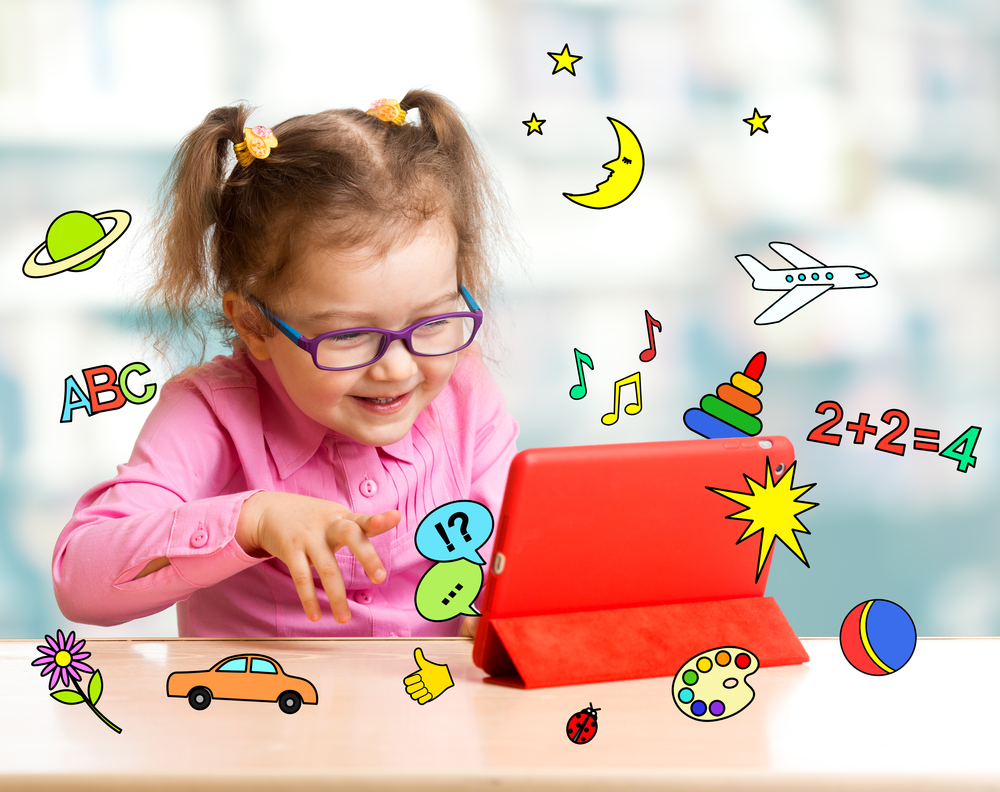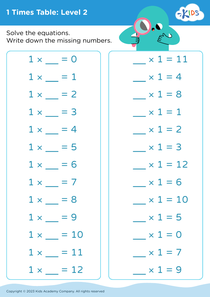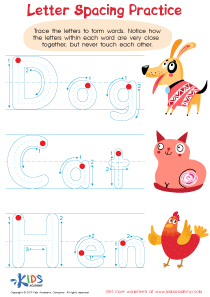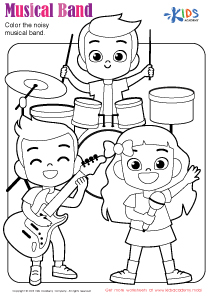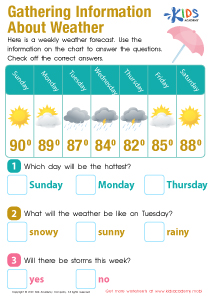Normal Tracing Shapes worksheets activities
9 filtered results
-
From - To
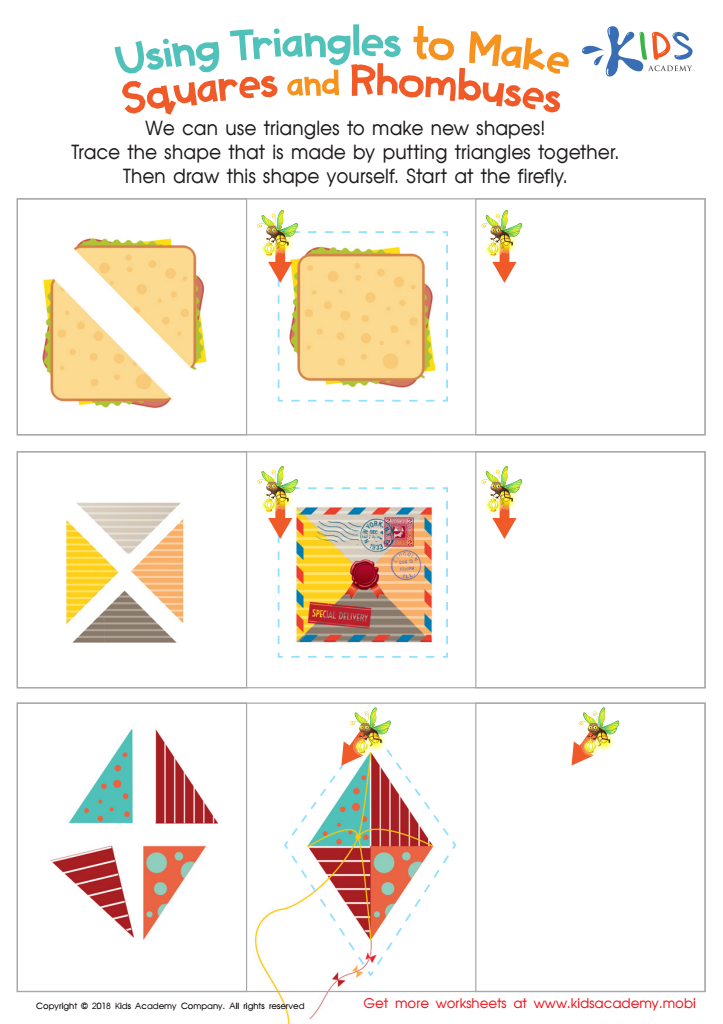

Using Triangles to Make Squares and Rhombuses Worksheet
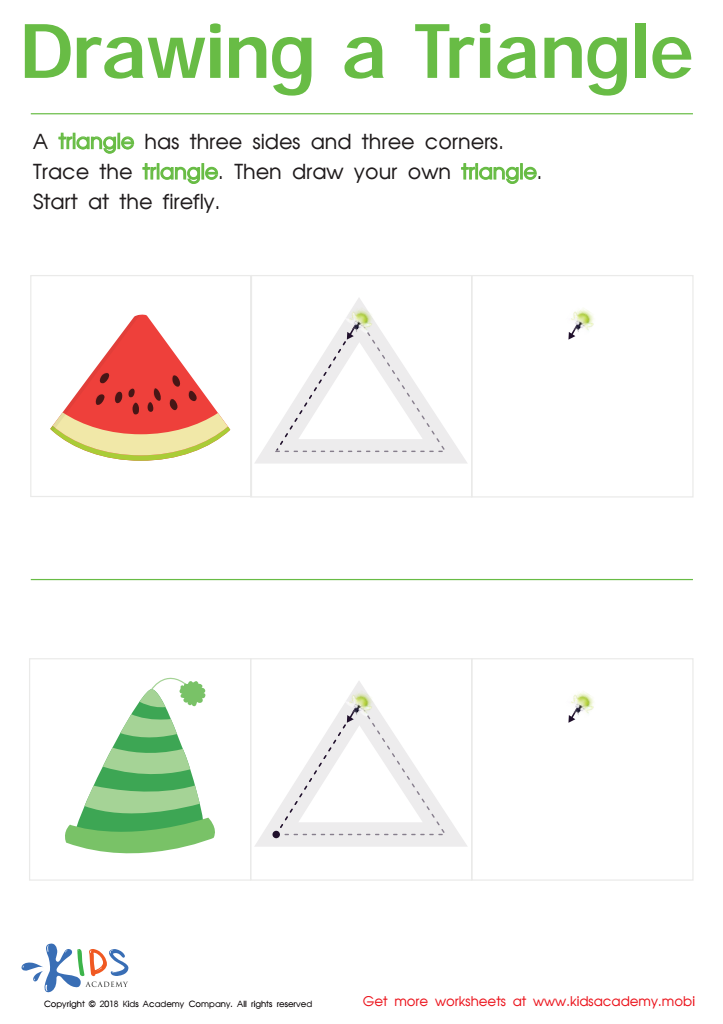

Drawing a Triangle Worksheet
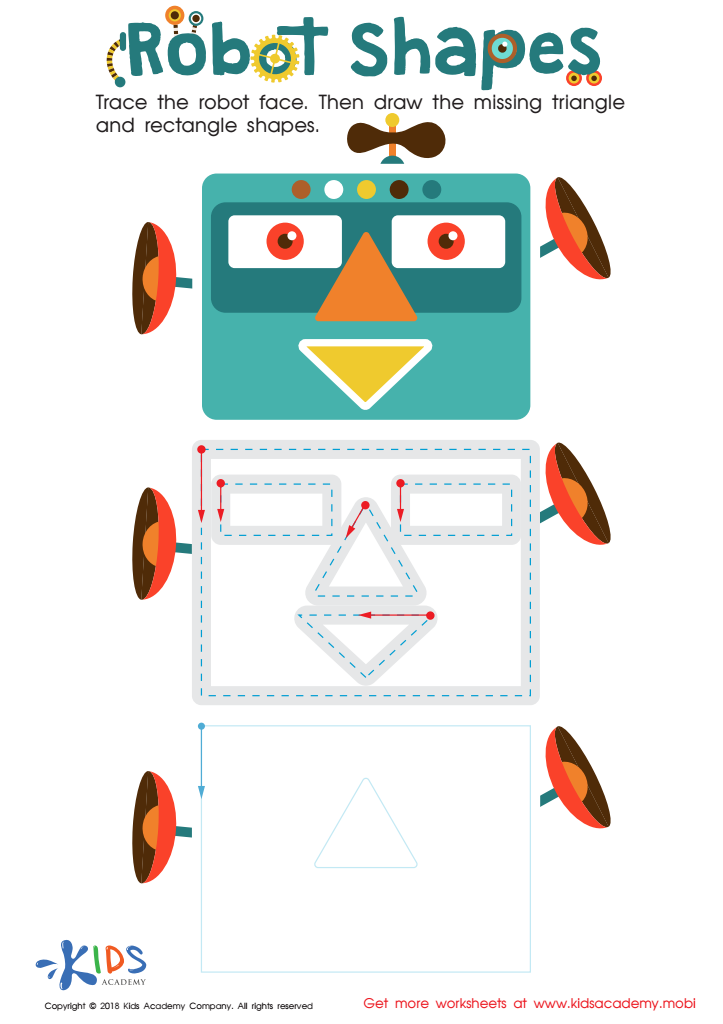

Robot Shapes Worksheet
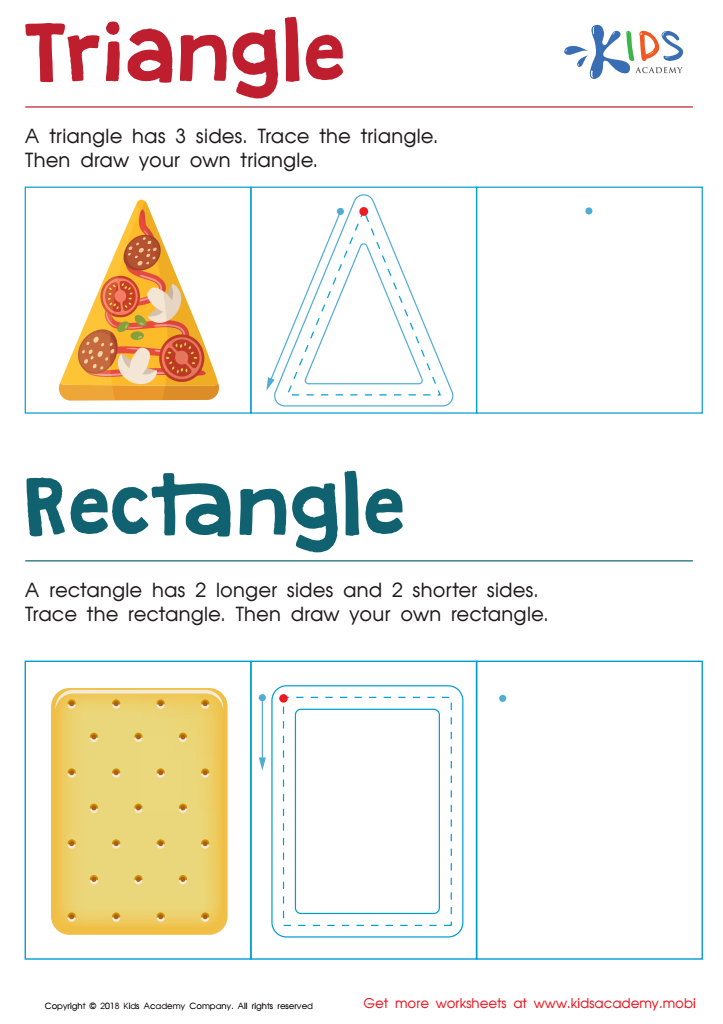

Triangle Rectangle Worksheet
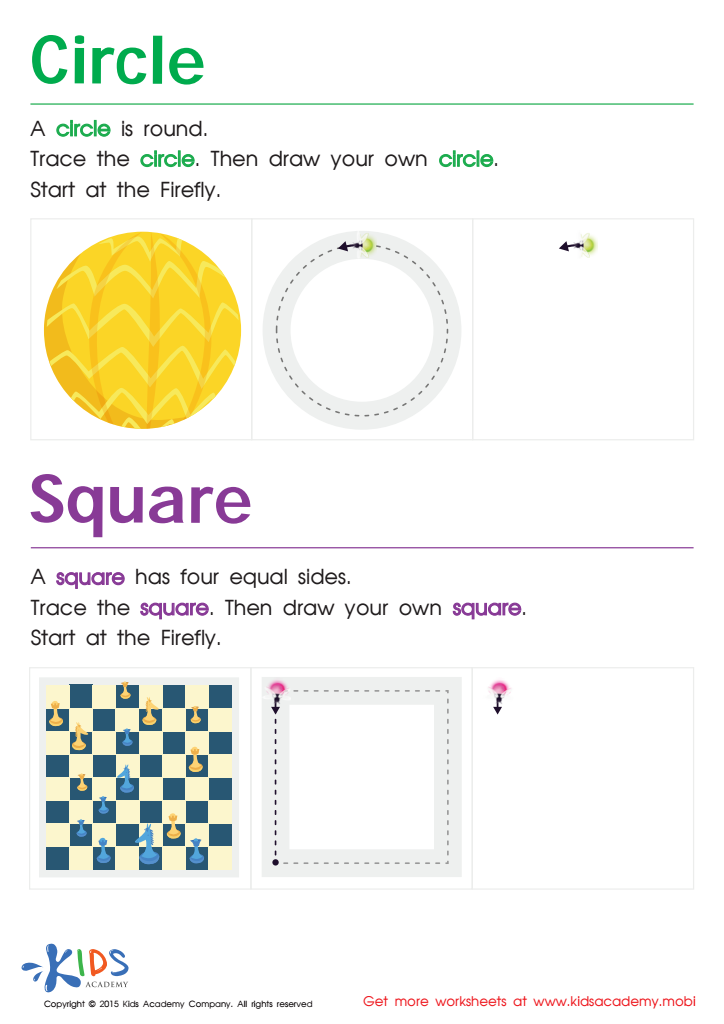

Trace And Draw a Circle And a Square Worksheet
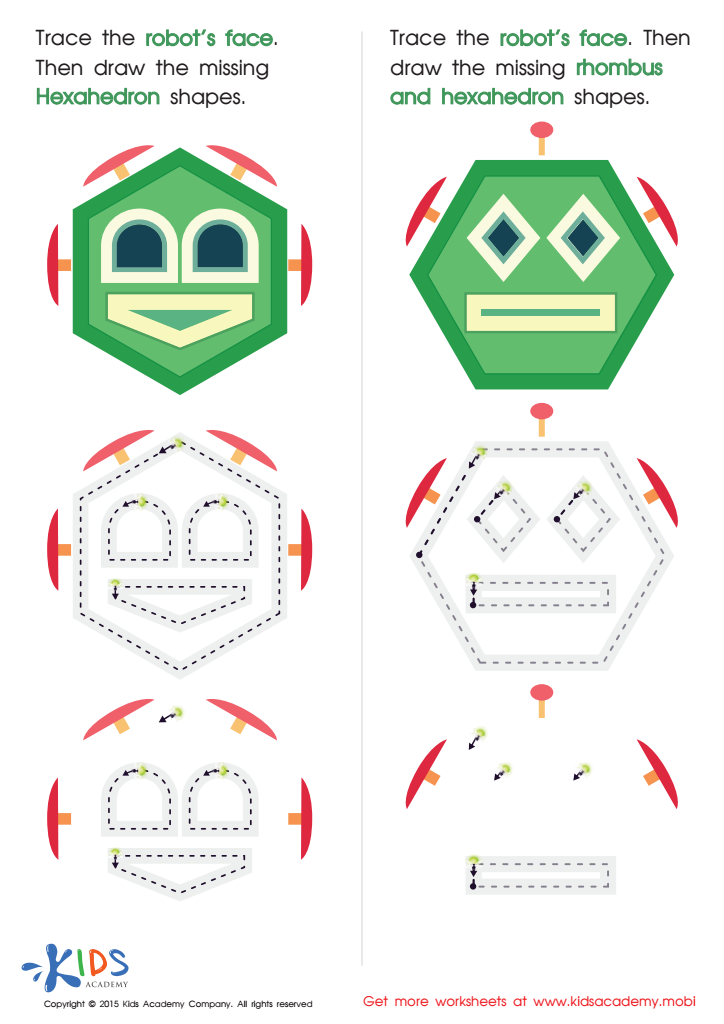

Practice Drawing Hexahedrons And a Rhombus Worksheet
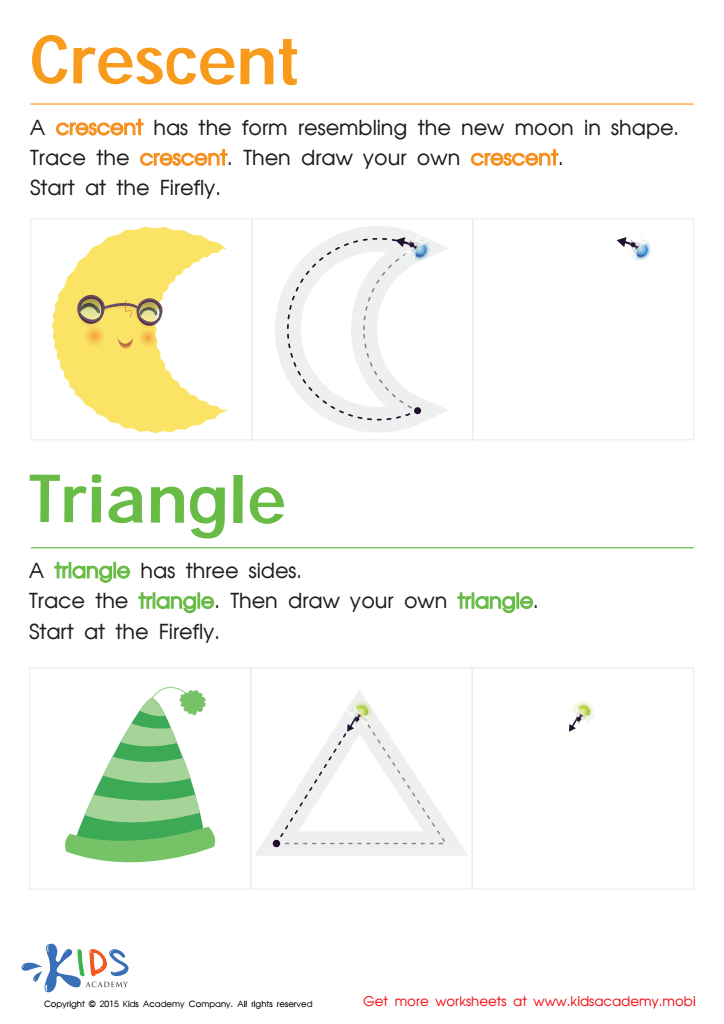

Learning to Draw Crescents And Triangles Worksheet
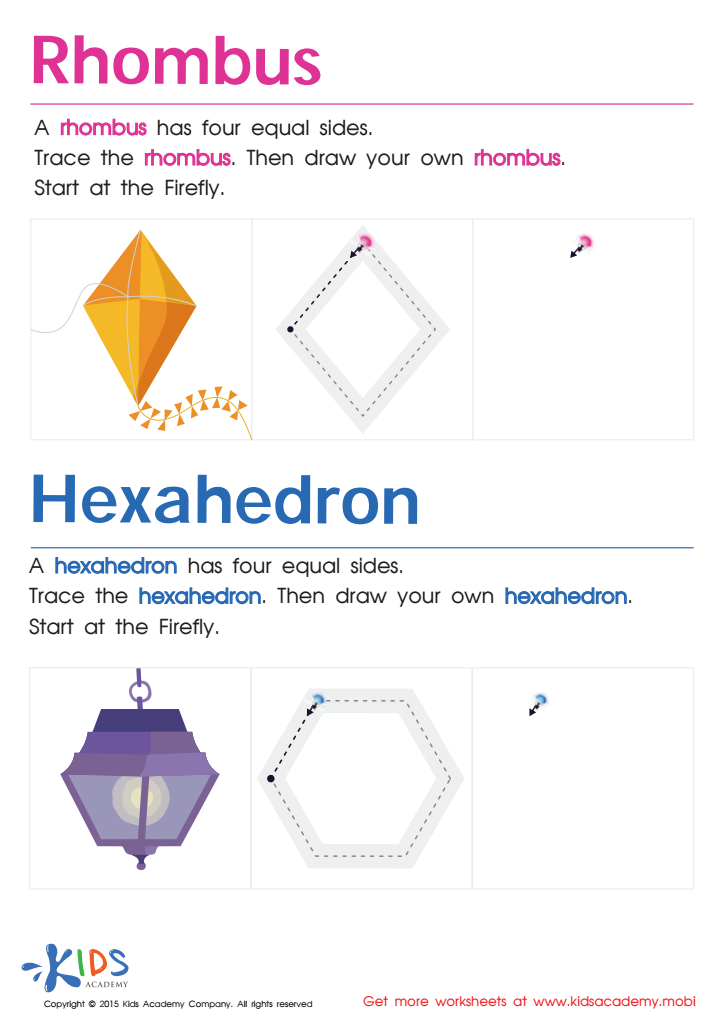

Draw a Rhombus And a Hexahedron Printable
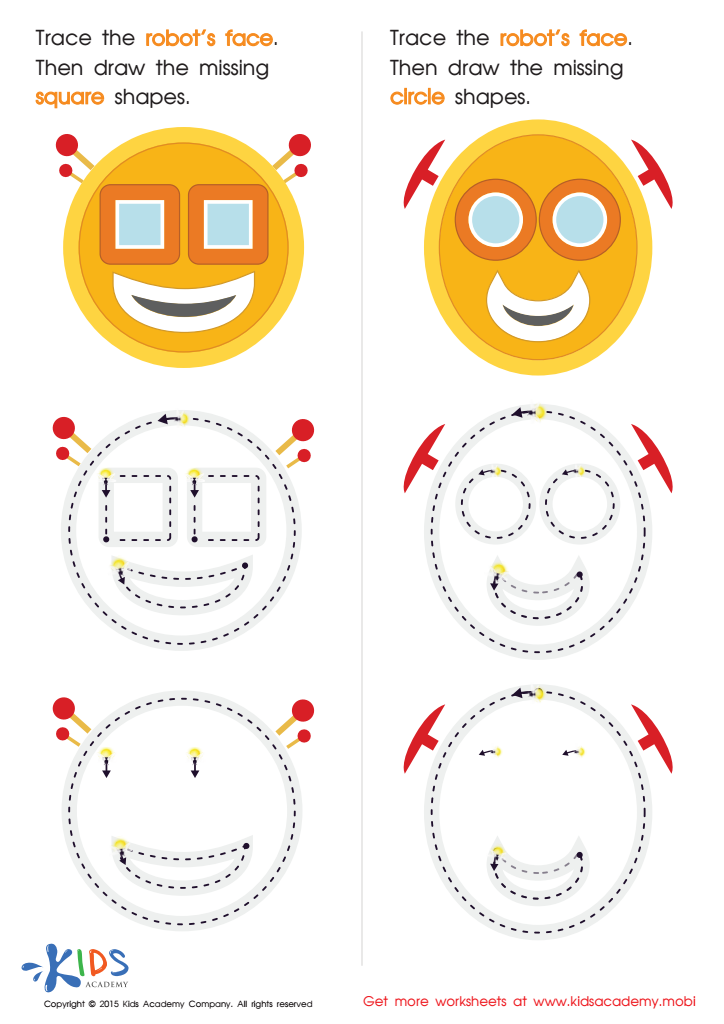

Practicing to Draw Circles And Squares Printable
Normal Tracing Shapes worksheets activities are an essential tool in the developmental journey of young learners. These activities, focusing on tracing various geometric shapes, offer numerous benefits that are crucial for the cognitive and motor skill development of children. Let's delve into why these worksheets are so valuable.
First and foremost, Normal Tracing Shapes worksheets activities serve as an excellent foundation for improving fine motor skills. As children trace the outlines of different shapes, they learn to control their pencil with precision. This careful manipulation of writing tools strengthens hand-eye coordination and prepares them for more complex tasks, such as writing letters and numbers.
Moreover, these activities play a critical role in cognitive development. By engaging with various shapes, children begin to recognize and differentiate between them, laying the groundwork for early mathematics skills. This familiarity with geometric shapes is not just about identification; it also introduces concepts of symmetry, size, and spatial awareness, which are fundamental in many areas of learning and everyday life.
Another significant advantage of Normal Tracing Shapes worksheets activities is the enhancement of visual perceptual skills. Children learn to follow lines and patterns, which is essential for reading and understanding symbols and eventually, for decoding text. This skill is crucial for academic success across all subjects.
Furthermore, the repetitive nature of tracing shapes helps in improving focus and concentration in young learners. Completing a worksheet provides a sense of accomplishment, fostering confidence and a positive attitude towards learning. It's an activity that can be both calming and meditative, providing a break from more high-energy tasks while still being educational.
In conclusion, Normal Tracing Shapes worksheets activities are more than just a simple task; they are a vital educational tool. They help in the holistic development of a child, preparing them not only for school but for interactions with the physical world around them. Engaging children in these activities is an investment in their future learning and development.

 Assign to the classroom
Assign to the classroom
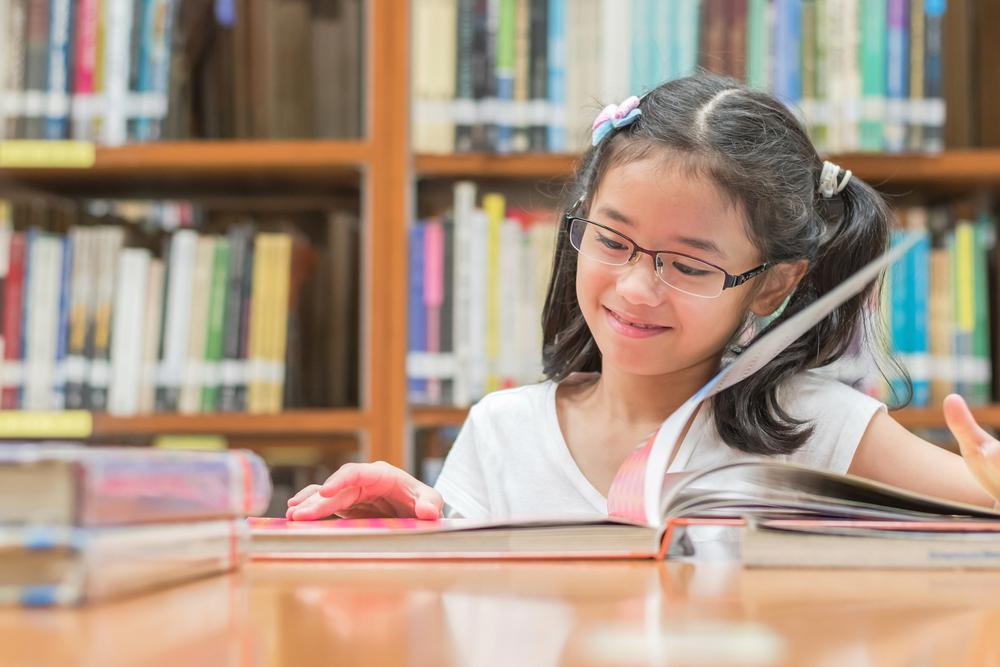

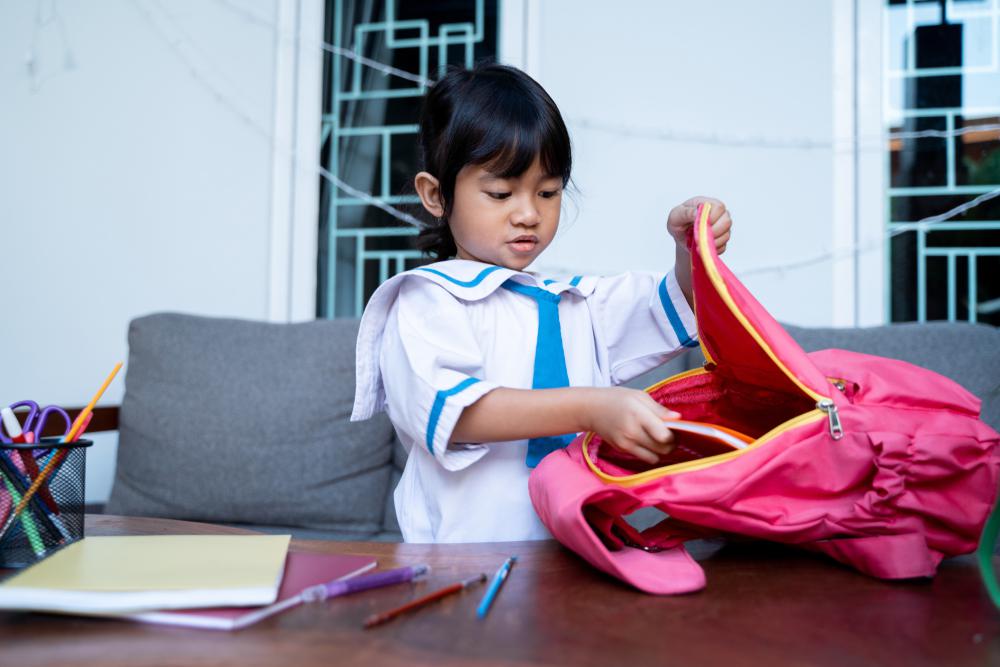
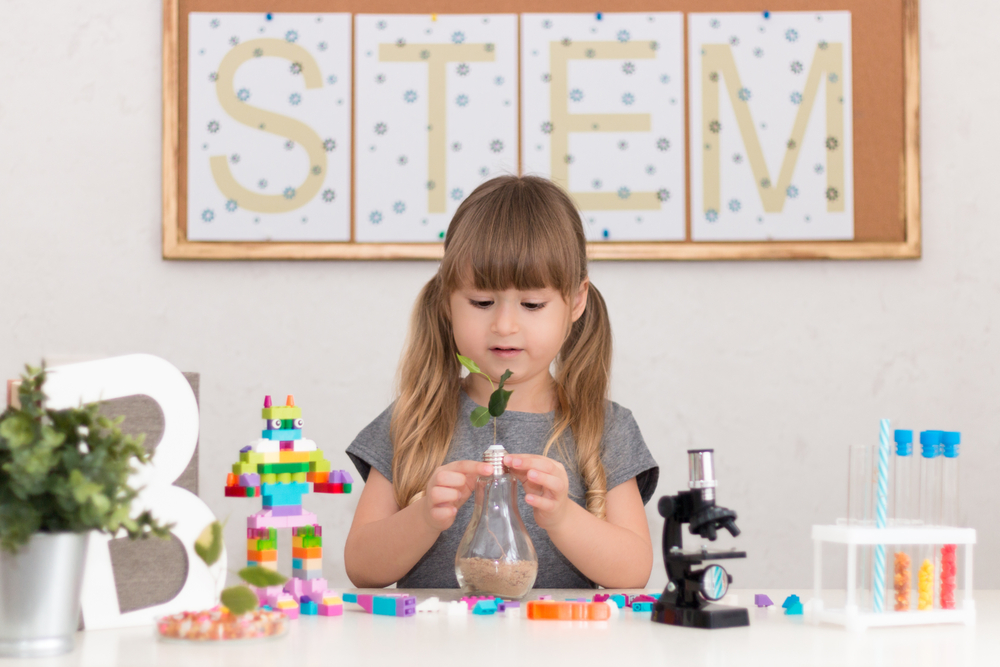
.jpg)
